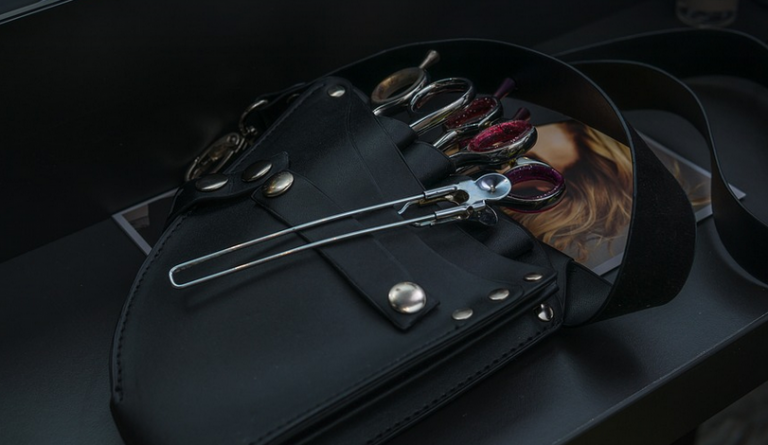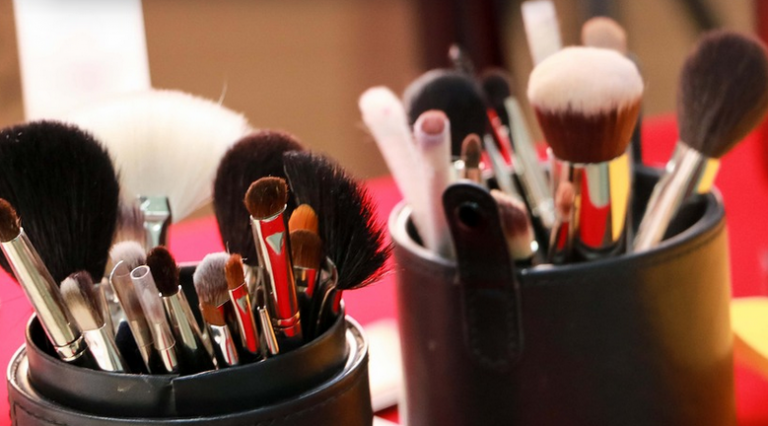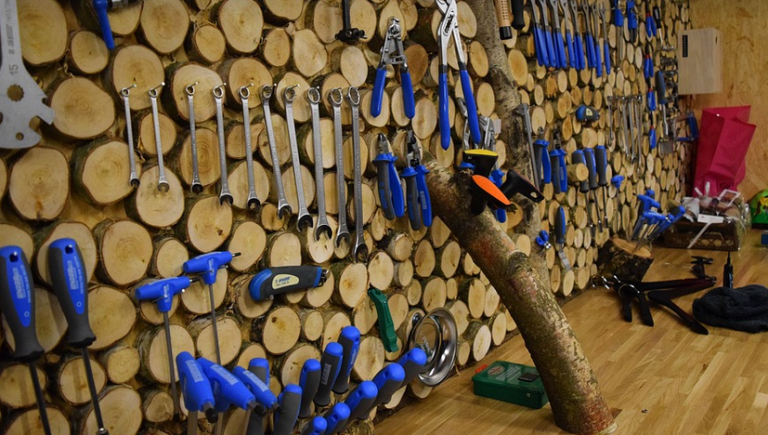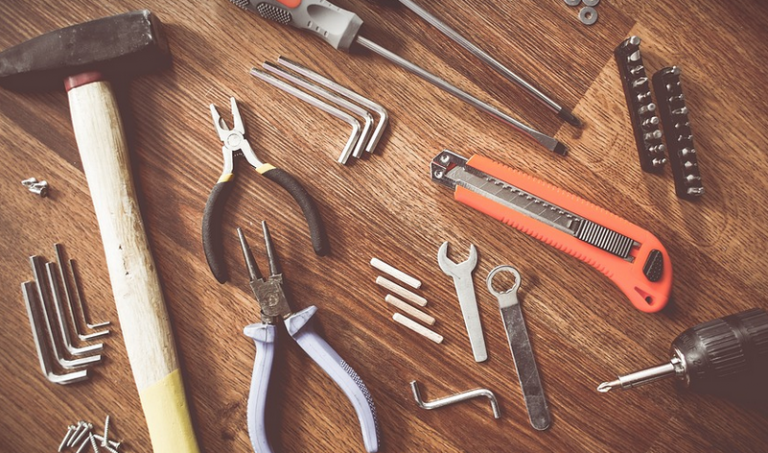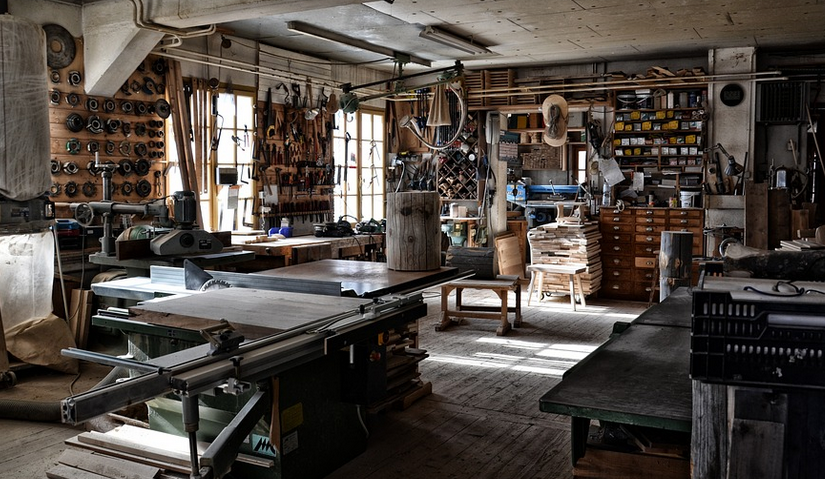
The Sharp Debate
We all know the saying: “A sharp knife is safer than a dull one.” But does that really hold true, or are there factors we’re overlooking?
Our kitchens often become battlegrounds for culinary creativity, but when it comes to knives, safety is paramount. A seemingly simple act of cutting food can turn into a potential hazard if you don’t have the right tools. Dull knives, unfortunately, present more than just an aesthetic challenge—they pose a real risk to our well-being.
The connection between dullness and danger lies in the mechanics of chopping or slicing. When your blade is sharp, it glides through food with effortless precision. It’s like a well-oiled machine; each movement is smooth, controlled, and efficient. But when that same knife becomes dull?
Think about it. A dull knife struggles to cut cleanly. It needs more force and pressure, leading to jerky motions. This increased effort can easily slip up, and you might find yourself applying excessive force on your food, which could result in a mishandled cut or even an accidental poke.
This struggle for control can also lead us down a dangerous path. Our minds tend to overthink when working with a dull knife—we become more sensitive to the slightest resistance and flinch at every minor bump, leading to hesitation and increased risk of accident. This tension often translates into our cuts being less precise, potentially resulting in uneven slices or even splitting of the food.
The dangers of dull knives extend beyond cutting injuries. A sharper blade is easier to control, allowing for efficient food preparation and a smoother overall experience. It helps us focus on the task at hand: enjoying the culinary journey without getting bogged down by the physical challenge of using a blunt tool.
Moreover, dull knives tend to get stuck in food more often, leading to frustrating moments where you must pull and tug at your knife—a situation that can easily lead to slips and injuries. A sharp blade glides effortlessly through ingredients, minimizing the chance of such mishaps.
But hey, wouldn’t a duller-than-usual knife be more satisfying? Well, even if it does feel more “natural” or nostalgic, it’s not really about tradition. It’s about safety and efficiency in the kitchen! A sharper blade means less effort, better control, and ultimately, fewer risks.
So, the next time you reach for a knife, remember this: sharpness is your ally in the pursuit of culinary excellence. A sharp knife isn’t just about precision; it’s about safety. It empowers you to move with confidence through your cooking journey, ensuring that every cut is both clean and secure – leaving nothing but delicious results.
So, what are the best ways to keep your knives sharp? A simple answer: sharpen regularly! It’s as crucial a part of kitchen routine as washing your hands before meals. You can find sharpening tools at home or consider professional sharpening services for an extra touch of care and expertise.
Remember, even the most seasoned chefs understand this truth: in the world of cooking, sharpness is not just about cutting; it’s about staying safe and enjoying the process. A sharp knife, a sharper mind, and ultimately, a better culinary experience.
